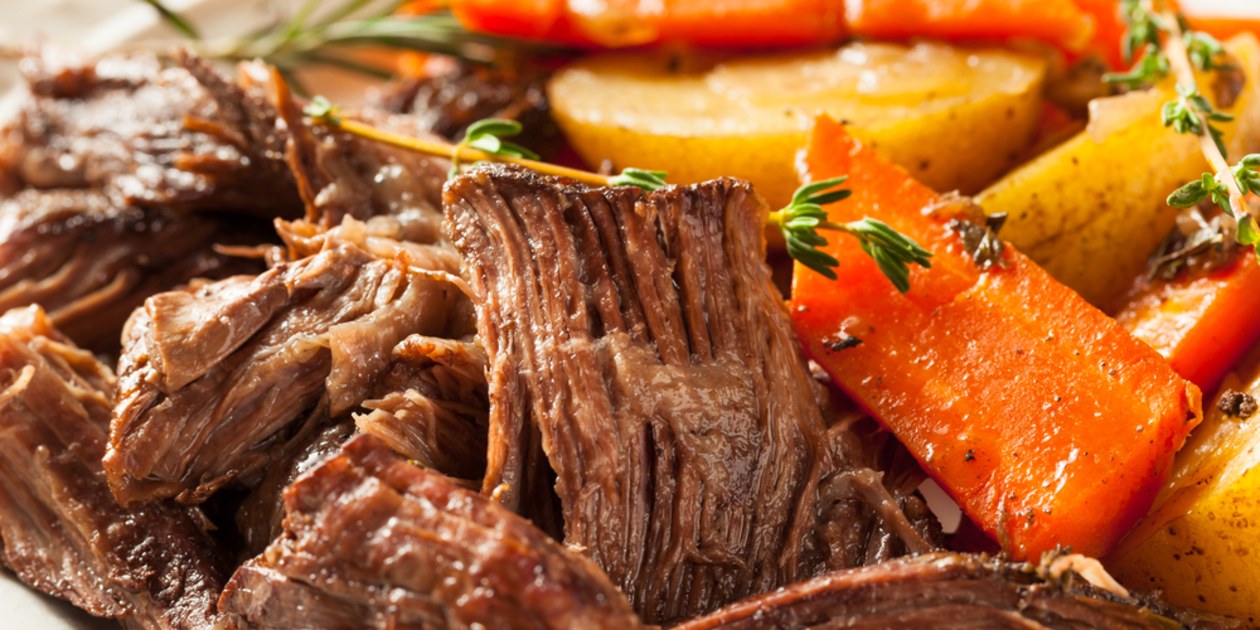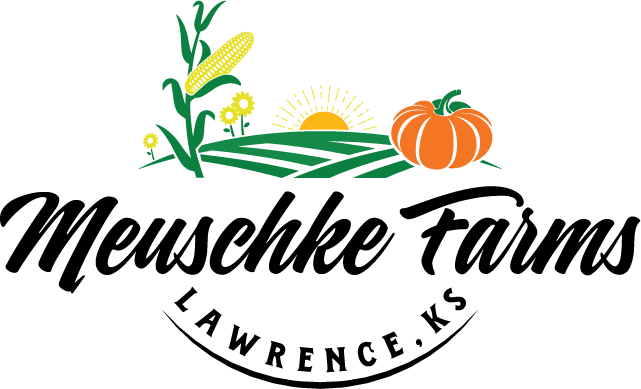SOLD OUT AT THIS TIME!
We will be offering whole, halves, and 1/4 beef this summer to be harvested target date of mid November. A deposit is required to reserve your respective choice and arrangements will be made with our butcher so you may contact them directly for the cuts you wish. We realize there is much debate over grass-fed vs. corn/grain-finished with regards to flavor and texture. So we will be offering you the choice upon receipt of your deposit. *unless otherwise stated, they will be grass-fed only and if you are purchasing a 1/2 or 1/4, this will only be available if others want this finish as well. If, for whatever reason there is not enough to finish on corn, we will let you know and offer you a refund on your deposit or choice to go with grass-fed. I like both if the meat is quality, so it is really up to you.
Many studies have shown that the nutrients in beef can vary depending on what the cows eat.
Where beef is mass produced, such as in the US, cattle are usually grain-fed. However, grass-fed beef is common in many other countries, such as Australia. But does the way cows are fed make any difference to your health?
The Difference Between Grass-Fed and Grain-Fed Cattle
In the US, most cows start out living similar lives. The calves are born in the early spring, drink milk from their mothers and many are then allowed to roam free and eat grass or other edible plants they find in their environment. This continues for about seven to nine months. After that, most conventionally raised cows are moved to feedlots. Large feedlots are called concentrated animal feeding operations (CAFOs). There, the cows are kept in confined stalls, often with limited space. They are rapidly fattened up with grain-based feeds, usually made from a base of soy or corn. Typically, their diet is also supplemented with small amounts of dried grass. To maximize growth, the cows are often given drugs, such as antibiotics, and growth hormones.
The cows live in these feedlots for a few months before being brought to a slaughterhouse. Of course, it’s not really that simple. The different feeding practices are complicated and varied. For example, grass-fed beef in Australia may not be directly comparable to US products, and grass-fed beef isn’t necessarily pasture-raised. Not all grass-fed cows are allowed to graze outdoors. The term grass-fed isn't even clearly defined. But generally speaking, grass-fed cows eat (mostly) grass, while grain-fed cows eat (mostly) an unnatural diet based on corn and soy during the latter part of their lives.
Differences in Fatty Acid Composition
"You are what you eat" applies to cows, too. What a cow eats can have a major effect on the nutrient composition of the beef. This is particularly evident when it comes to the fatty acid composition.Grass-fed beef usually contains less total fat than grain-fed beef, which means that gram for gram, grass-fed beef contains fewer calories. But the composition of fatty acids is also different:
Monounsaturated fat: Grass-fed beef contains much less monounsaturated fat than grain-fed beef.
Omega-6 polyunsaturated fats: Grass-fed and grain-fed beef contain very similar amounts of omega-6 fatty acids.
Omega-3s: This is where grass-fed really makes a major difference, containing up to five times as much omega-3.
Conjugated linoleic acid (CLA): Grass-fed beef contains about twice as much CLA as grain-fed beef. This fatty acid is associated with a few health benefits
In short, there are some significant differences in the fat amount and composition of grass-fed beef, compared to grain-fed.
The cow breed and type of meat cut also have a considerable effect on the fat composition of beef as well! We will be raising mostly cattle this year.
Is Grass-Fed Beef Is More Nutritious?
Both grain-fed and grass-fed beef are a highly concentrated source of nutrients. Beef is loaded with vitamin B12, B3 and B6. It’s also rich in highly bioavailable iron, selenium and zinc. In fact, meat contains almost every nutrient that people need to survive. It also contains high-quality protein and various lesser known nutrients, such as creatine and carnosine, which are very important for your muscles and brain. But even though the difference isn’t great, grass-fed beef generally contains higher amounts of certain nutrients.
Compared to grain-fed beef, grass-fed is higher in the following vitamins:
Vitamin A: Grass-fed beef contains carotenoid precursors to vitamin A, such as beta-carotene.
Vitamin E: This is an antioxidant that sits in your cell membranes and protects them from oxidation.
Grass-fed beef also tends to be richer in other antioxidants.
Is Grass-Fed Beef Worth the Extra Cost and Potential Inconvenience?
It’s important to keep in mind that even conventional, grain-fed beef is very healthy. As long as you don't overcook your beef (which can lead to the formation of harmful compounds), it is a nutritious food that can be part of a healthy diet. In the US, grass-fed beef can be more expensive and it may not be worth the extra cost for some people. Depending on where you live, it may also be inconvenient to buy grass-fed beef. While some people may live close to a farmer's market or whole foods store, others may need to drive long distances to find grass-fed beef for purchase.
There can also be subtle differences in taste. Grass-fed beef is often leaner and may have a different texture. Even though grass-fed beef contains higher amounts of certain nutrients, there is currently no compelling evidence that it’s significantly healthier than grain-fed beef in the context of a balanced diet.
In the end, the choice depends on your preferences and ideals. Some people prefer grass-fed, others grain-fed. Try both and see which one you like better!
What it Costs
Purchasing a whole, half or mixed quarter of beef can be one of the most ECONOMICAL ways to feed your family safe, healthy beef ALL YEAR LONG. With us you pay only for the total pound of meat you actually receive. Current prices are as follows:
$8.75/lb for a front quarter beef order
$9.95/lb for rear quarter beef order
$8.25/lb for a side (half beef) order
$8.95/lb for a whole beef order.
The amount of meat you will receive will depend on the size of your beef at the time of harvest, which depends on what kind of year we’ve had. But a good estimate would be that for a whole beef order you would get anywhere from 325 – 400 lb of meat, on a half beef order from 165 – 200 lb and a quarter beef order would give you around 82 – 100 lb.
If you want to compare our prices to what others may charge “on the hoof”, where they charge you a price per pound of live weight of the animal, with us you’d be paying the equivalent of around $2.58/lb of live weight. Because it can get so confusing pricing by live weight, we make it so simple – you pay for the meat you actually receive, not what the animal weighed at the ranch!
For the fall butcher, we expect to be sold out by the end of July or early August. We will post when we are sold out.
Minimum deposit required for 1/4 beef - $400
Minimum deposit required for 1/2 beef - $600
Minimum deposit required for whole beef - $800
*For you single folks who may be intimidated by a 1/4 or more of beef in your freezer, please contact us and we will keep a list. If 8 contact us, I will work with you the best I can. Best to get a few friends and buy a half or whole with one cut sheet and split after delivery.
Optional delivery fee of $35 to KC metro clients. Please call if you are outside of KC and we will do our best to accommodate.




